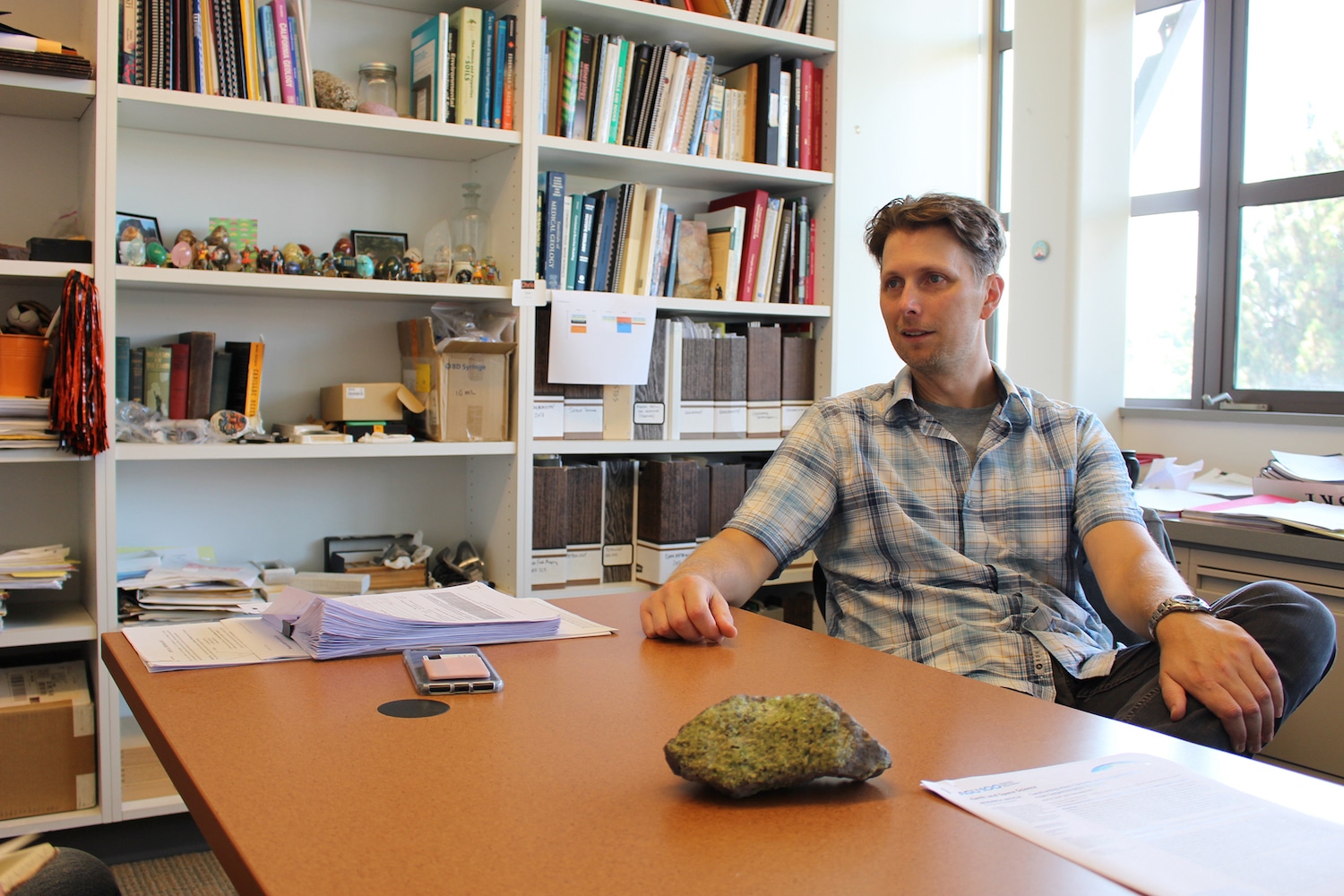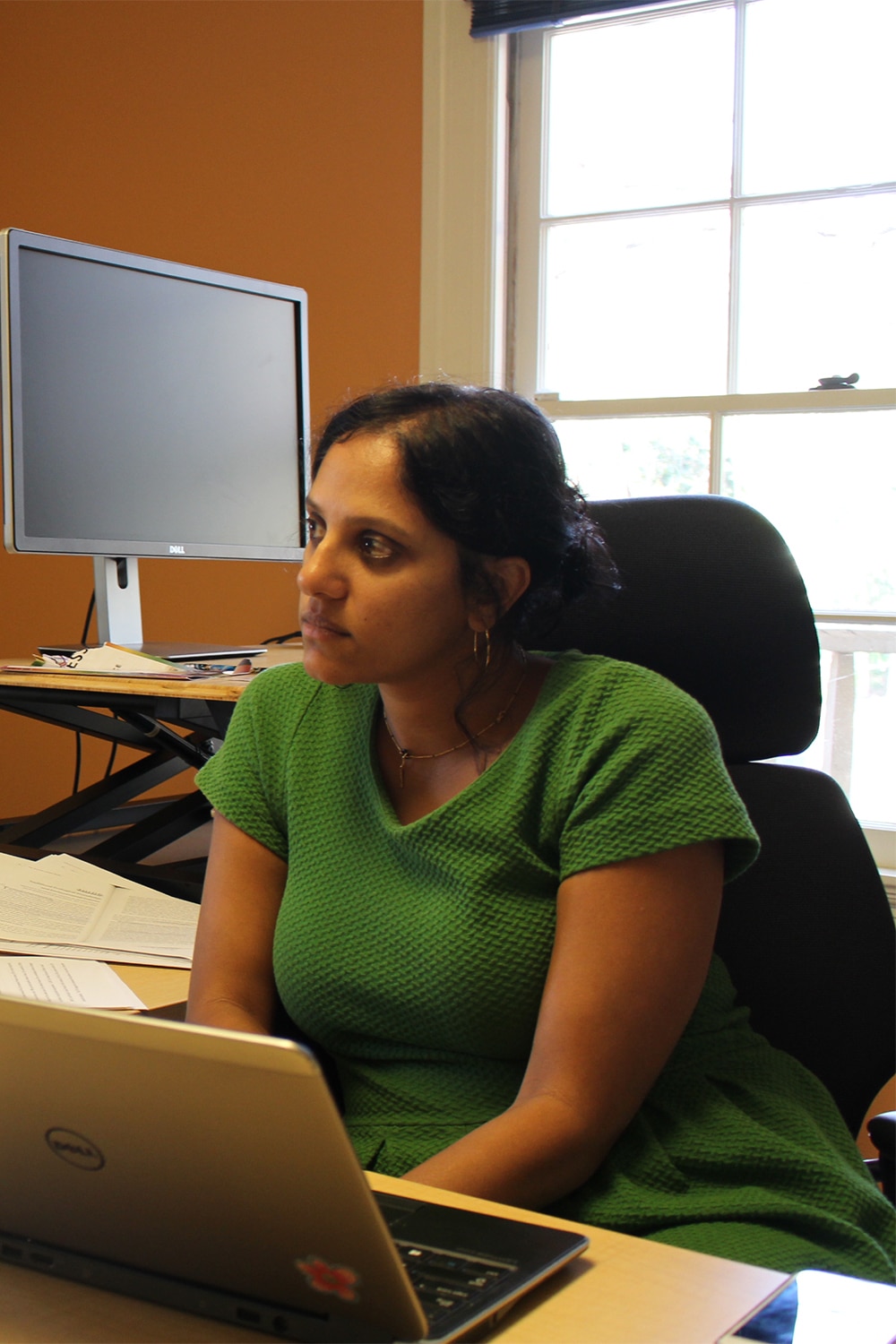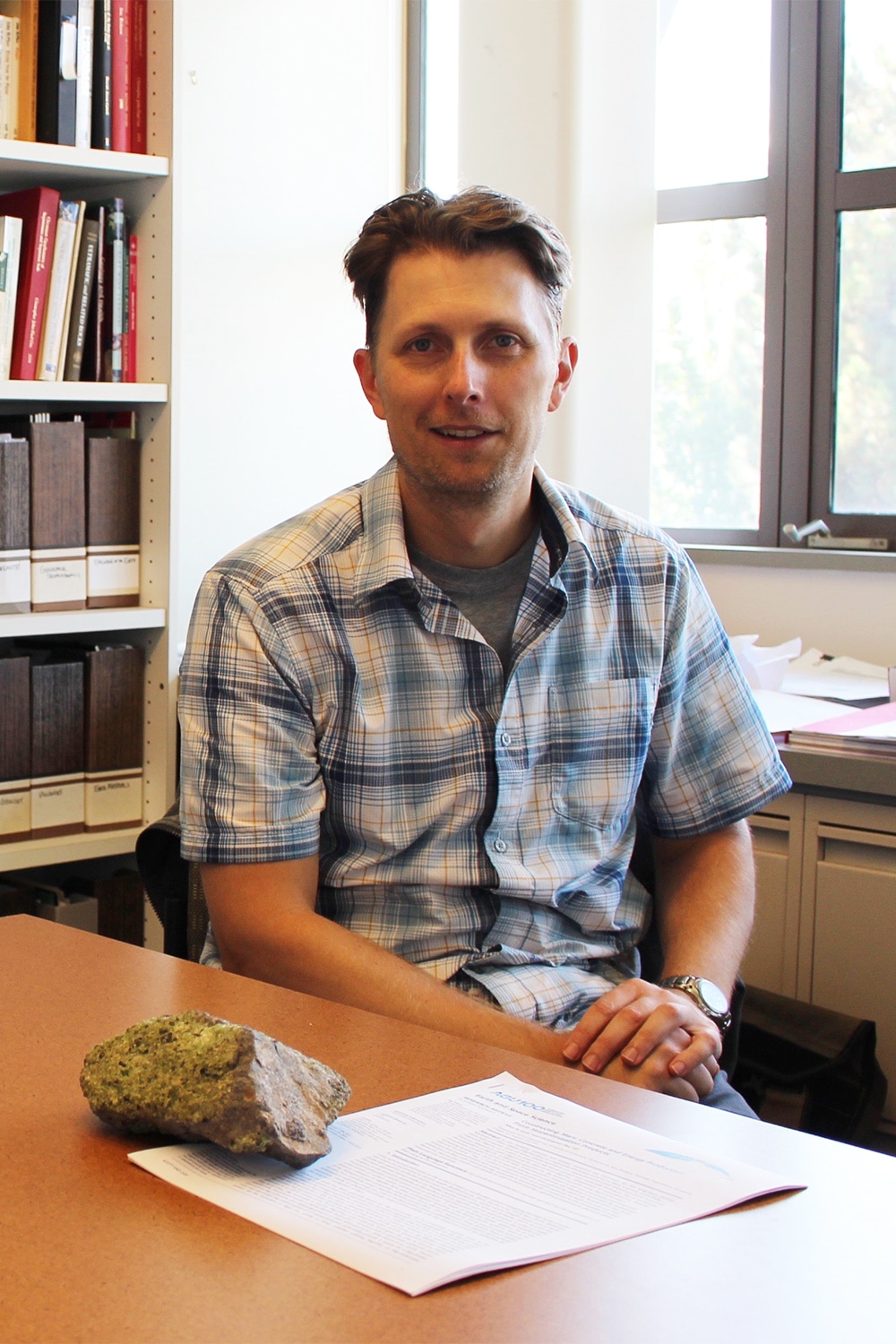
Geology department chair and professor Chris Oze and his research partner Allan Scott, a professor at the University of Canterbury, have discovered a new way to make concrete that can be replicated on Mars without any materials from Earth.
The concrete process created by Oze and Scott is a deviation from the conventional way of making concrete that has existed since the late 3rd century — it creates no carbon dioxide emissions and uses significantly less energy than the method used to generate concrete today, according to Oze and Scott’s research.
Any person standing on Mars’ surface would be exposed to the dangerous radiation levels due to the absence of a magnetosphere on Mars protecting from the radiation of space — Oze and Scott theorized that thick concrete would serve to protect humans on Mars, but they did not know how to actualize this idea. According to Oze, one big problem was the inability to transport resources from Earth to Mars with the limited room on spacecraft, so they began thinking of ways to use the natural resources on Mars.
Oze said the project would not have happened if his children and Scott’s did not attend the same daycare. Oze and Scott started the conversation over dinner on a “dad’s night out” when it was the pair’s turn to watch their respective children — they began wondering if the movie “The Martian” could be replicated in real life.
“In our conversation, we started looking at what is available on Earth and then comparing it to Mars and what is available on Mars … if we look at Mars, what are the current materials that could be potentially cementitious?” Scott said. “[We could] use that as some sort of infrastructure, so potentially for landing pads, or to create a structure that we can live in, down the road of course, or create some sort of barrier or isolation for radiation.”
The cement has potential benefits on Earth as well. According to Bhavna Shamasunder, Urban and Environmental Policy professor at Occidental, concrete has had a harmful effect on the environment, with the concrete industry accounting for over 5 percent of total carbon dioxide emissions. One of the reasons cement is harmful to the environment is the heat that the current process requires to make the material. To create cement, dry material must be brought up to a temperature of approximately 1500 degrees Celsius which in turn creates a higher output of carbon dioxide and increases the average temperature of the Earth, according to a study done by the U.S Environmental Protection Agency. In comparison, the concrete that Oze and Scott have created has a reaction temperature of 20 degrees Celsius, according to Oze and Scott’s study. Oze and Scott’s method requires only the energy of a solar panel because they borrowed from natural geologic processes, according to Oze.

“We wanted to make it a very low-energy, low-impact material,” Scott said. “Our goal is ultimately to create environmentally-friendly, sustainable material both for Earth and then, from the Martian perspective, how we can produce this from the materials that are available on Mars.”
Eleanor Amann (senior), a geology major at Occidental, said that the project is exciting because it increases the potential for human life on Mars and the potential environmental impact of reducing emissions from concrete production. Amann said that she thinks this project will be beneficial for the geology department at Occidental and the sciences in general.
“I think it will look good for Oxy,” Amann said. “I think it’s amazing that we go to a small liberal arts college and we have ground-breaking science happening. You know, at liberal arts colleges and you go on the tours and they’re like, ‘Oh, you don’t really have to do science,’ and here we are having amazing science happening on our campus. I think that’s awesome, so I’m really happy about it.”
This reaction contrasts with the reception their project received in the earlier stages, according to Scott.

“Initially, they [colleagues] laughed. They thought it was pretty pointless and probably a waste of time, but Chris and I were not deterred,” Scott said.
According to Oze, it took three years before any of their experiments tests turned into a usable form of concrete. A bridge should be between 40–50 megapascals in strength on Earth: Oze and Scott’s first sample had a strength of only one megapascal. After years of trials, they have produced results that would be more than sufficient to withstand the gravity of Mars with a strength of approximately 20 megapascals, according to Oze.
“We did come up with a concrete that kind of surprised us, that was exceptionally strong, stronger than we ever thought could be possible,” Oze said.
Oze said he credits Occidental for cultivating a sense of interdisciplinary spirit between different fields and placing importance on collaboration. Scott said that their new method is one of the many different approaches aiding the rush to Mars, and that he hopes that one or possibly a combination of the existing techniques will work to forward the eventual settlement of Mars.
![]()


































